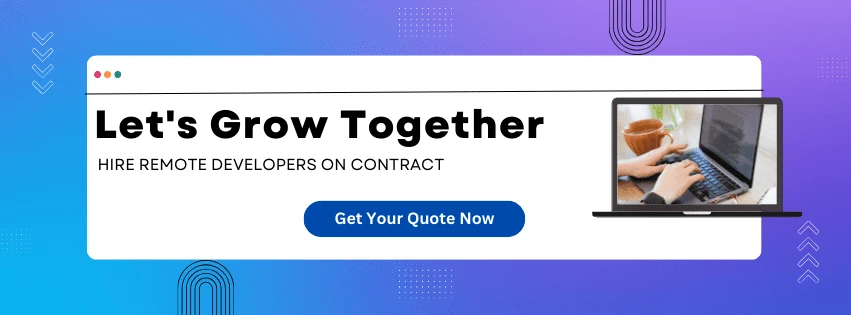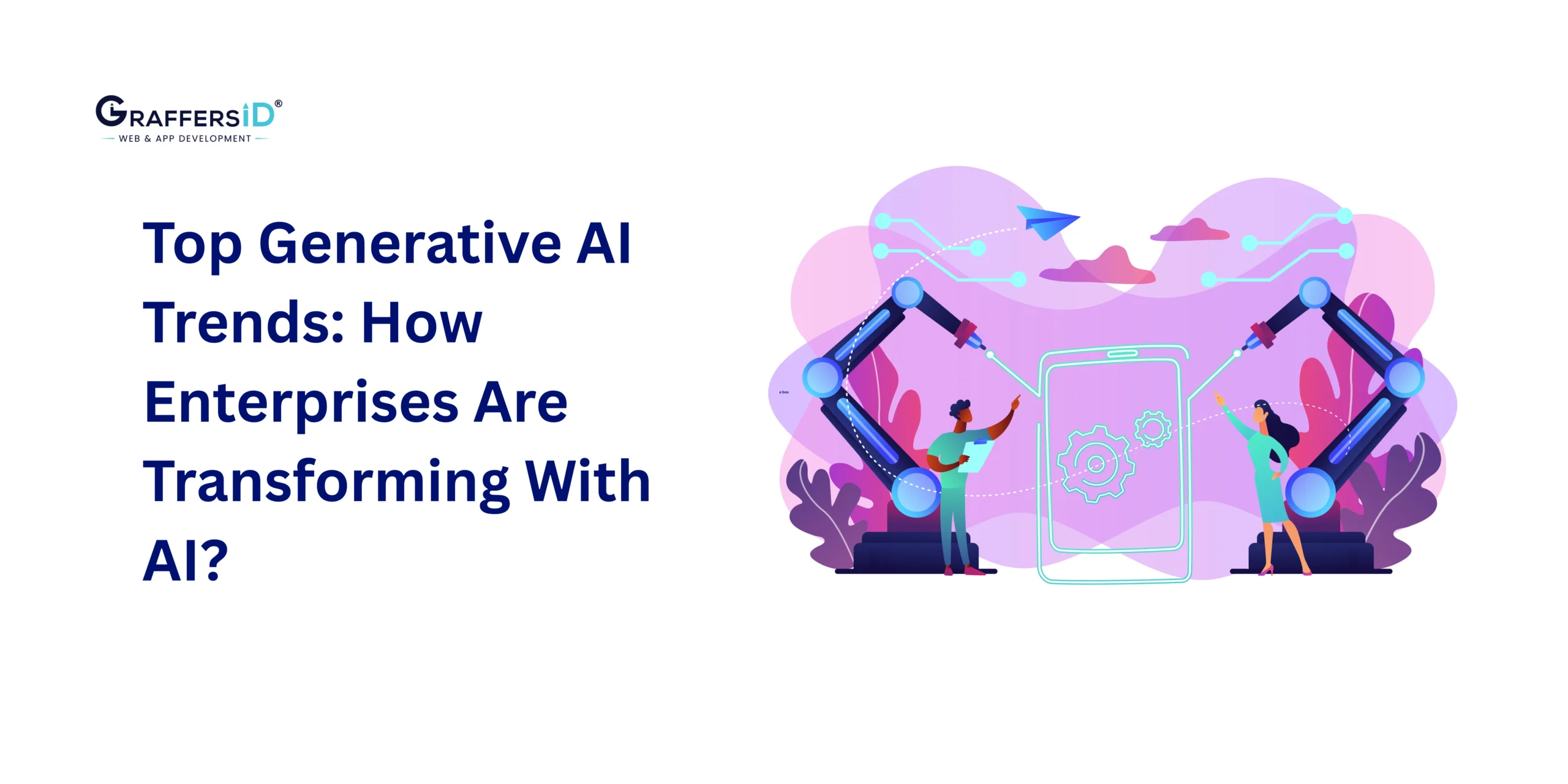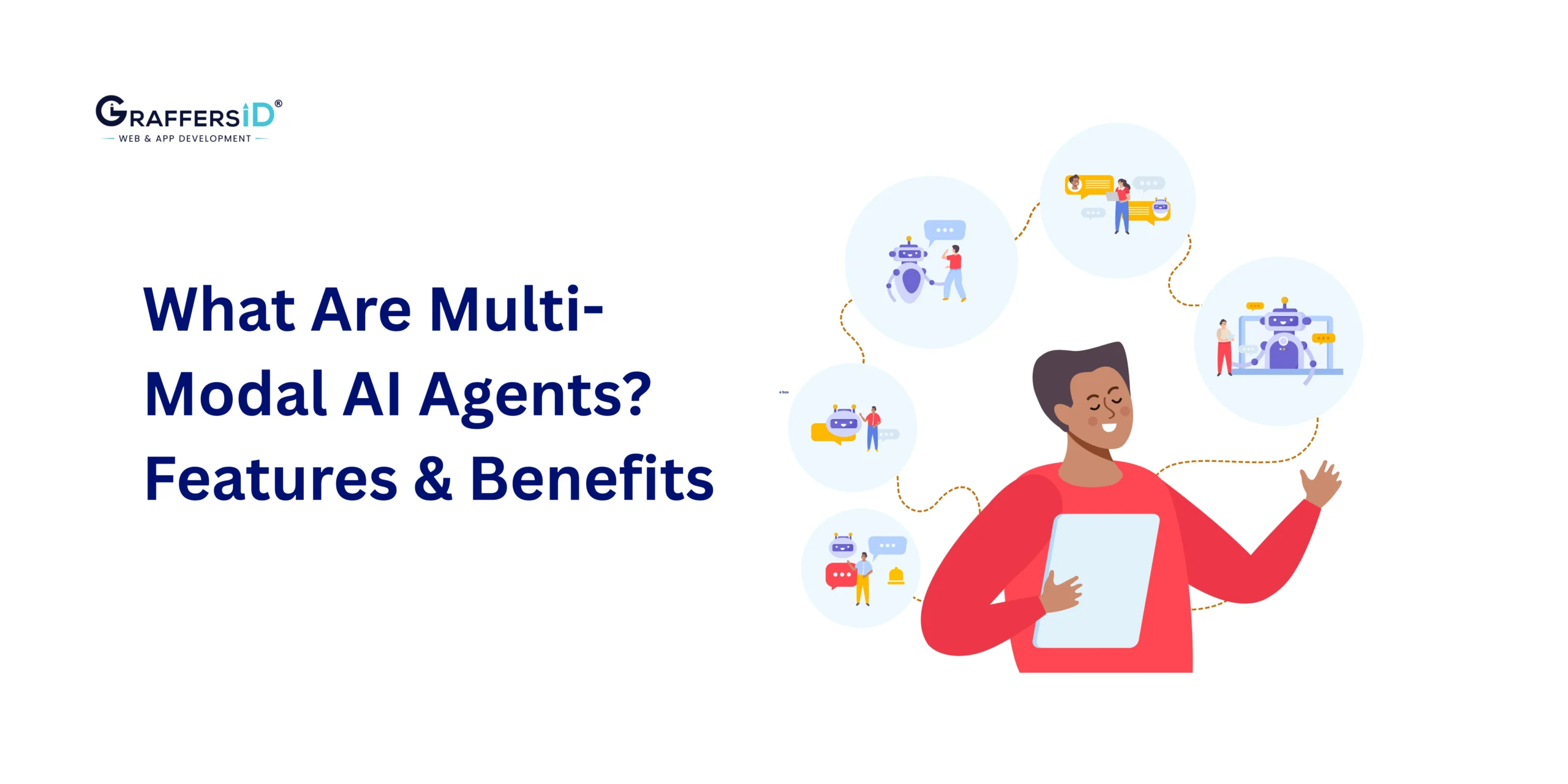In 2026, building a successful digital product isn’t just about speed; it’s about strategy. With AI-driven development tools, automation frameworks, and no-code platforms redefining how startups build software, creating a product prototype has never been faster or smarter.
But here’s the truth: even the most innovative ideas, whether your next big thing is an Instagram alternative, a next-gen dating app like Tinder 2.0, or an AI-powered FinTech platform, need to prove one thing before going big: market validation.
That’s where a Minimum Viable Product (MVP) comes in. An MVP helps you test your concept, attract early adopters, and gain investor confidence, without the heavy upfront cost of full-scale app development.
In this 2026 guide, you’ll learn:
-
The MVP development cost in 2026
-
How AI and automation are reshaping MVP timelines and budgets
-
Proven strategies to reduce costs while accelerating go-to-market speed.
What is an MVP (Minimum Viable Product)?
A Minimum Viable Product (MVP) is the first version of an app or software that includes only the most essential features. It allows startups and businesses to test their idea in the real market, gather user feedback, and make data-driven improvements without investing full-scale time or budget.

An MVP helps you:
-
Launch Faster with Core Features: An MVP lets you focus on what truly matters, your product’s core functionality. You can launch quickly, attract early users, and start validating your business idea in weeks instead of months.
-
Validate Ideas with Real User Insights: Instead of guessing what users want, an MVP helps you learn directly from their behavior and feedback. This real-world validation ensures your final product meets actual market needs.
-
Minimize Development Risk: Building a full product too early can lead to wasted resources. MVP development minimizes financial and technical risks by confirming what works before scaling your investment.
-
Build Investor Confidence Early: A working MVP proves that your idea is viable. It’s a strong asset for attracting investors, as it demonstrates product-market fit and traction with real users.
In 2026, MVPs have evolved beyond basic prototypes; they now integrate AI analytics, user behavior tracking, and automation tools that make testing and scaling smarter than ever.
MVP vs. Prototype vs. Alpha vs. Beta: Understanding the Stages
Understanding the difference between a Prototype, MVP, Alpha, and Beta versions is crucial for planning a successful product development lifecycle. Each stage serves a unique purpose in turning an idea into a market-ready product.
| Stage | Purpose | Key Output |
|---|---|---|
| Prototype | Visual representation or clickable mockup | UI/UX validation |
| MVP | Core product version with essential features | Market validation |
| Alpha Version | Internal testing build | Bug fixing & stability checks |
| Beta Version | Public test version | User testing & feedback before launch |
In short: Prototype = look and feel, MVP = function, Alpha/Beta = refinement and polish.
Why Should You Build an MVP in 2026? Key Benefits for Startups and Enterprises
For Startups
-
Validate your concept quickly: Avoid wasting time on unproven ideas.
-
Attract early investors: Showcase traction with minimal spend.
-
Reduce time-to-market: Launch within weeks using AI and automation tools.
-
Build community trust: Collect feedback before full-scale rollout.
For Enterprises
-
Test new business models safely: MVPs allow experimentation without risking brand reputation.
-
Feature validation: Identify which features deliver the most value before scaling.
-
Stay agile: Rapidly adapt to changing customer behavior and market demands.
-
Enhance internal innovation: Build, test, and iterate on new ideas within the enterprise ecosystem.
Key Features to Include in Your MVP for Faster Validation in 2026
When building your Minimum Viable Product (MVP) in 2026, focus on validating your core idea instead of perfecting every feature. These essentials ensure faster feedback, better usability, and investor-ready insights:
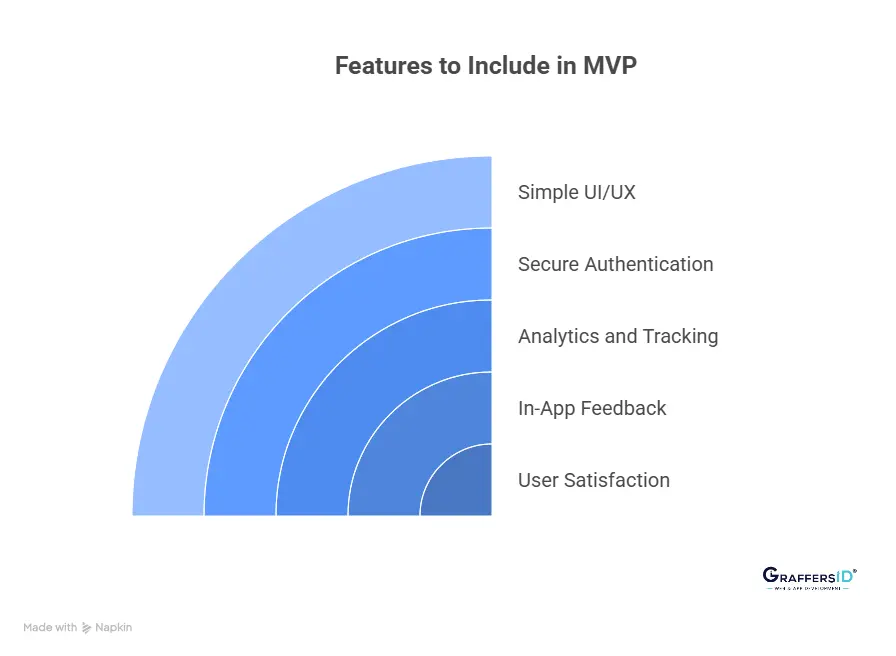
1. Core User Journey: Define one or two key actions users should complete, like signing up, making a purchase, or posting content. Every MVP should guide users smoothly through this primary journey without distractions.
2. Simple and Clean UI/UX: Keep your design intuitive and clutter-free. A minimal layout improves engagement and helps users quickly understand your product’s value without needing a tutorial.
3. Secure Login and Authentication: Include reliable authentication methods such as email login, social sign-ins, or AI-based biometric options like Face ID and fingerprint for extra trust and user convenience.
4. Built-in Analytics and Tracking: Integrate tools like Mixpanel, Firebase Analytics, or Hotjar to monitor user activity, engagement, and retention. In 2026, AI-driven analytics can now identify behavior trends automatically, saving hours of manual analysis.
5. In-App Feedback and Reporting: Allow users to share suggestions or report issues directly from the app. A quick feedback loop helps refine features faster and proves your MVP’s adaptability to real-world needs.
How to Build an MVP in 2026? Step-by-Step Process
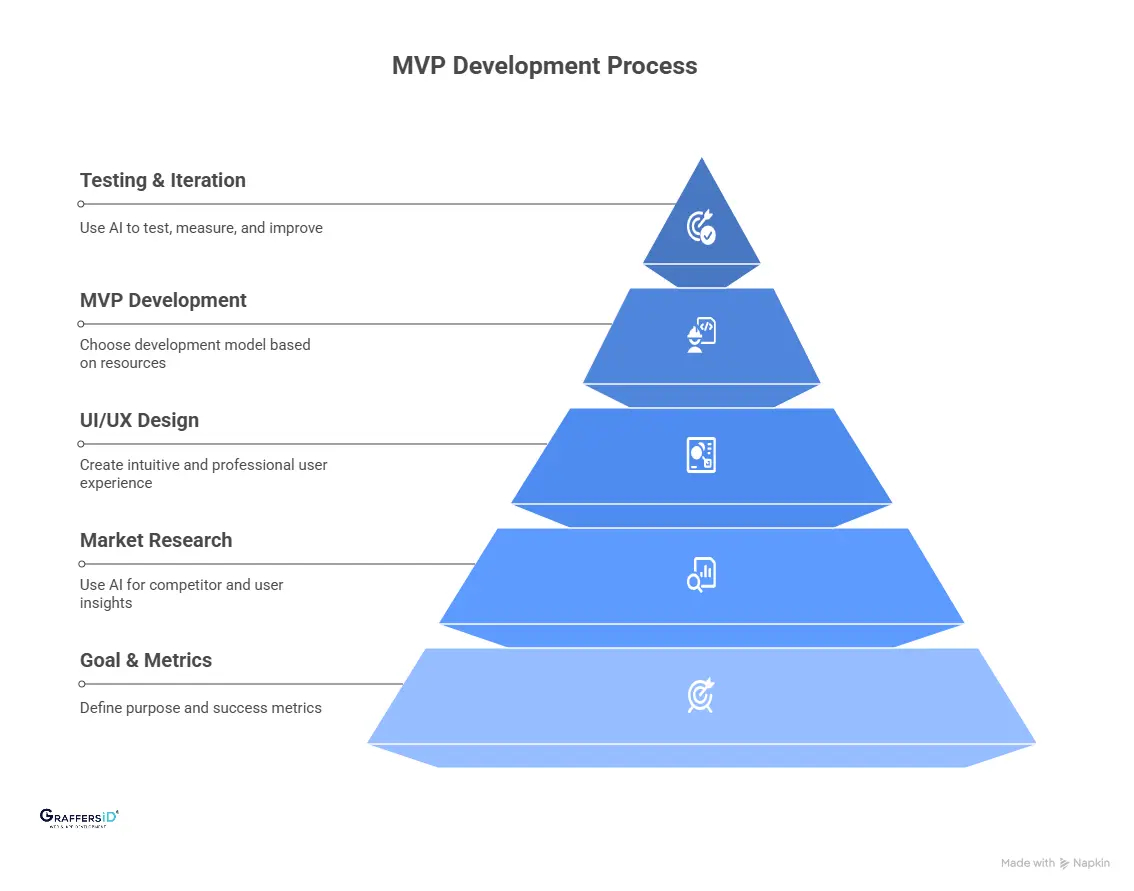
Step 1: Define Your Goal and Success Metrics
Start by clearly defining the purpose of your MVP. Understand the exact problem your product aims to solve and identify your ideal user segment. In 2026, product teams use AI-driven tools like ChatGPT and Notion AI to map user pain points and success metrics, whether it’s conversions, retention, or engagement. Clarity here ensures every development effort aligns with measurable outcomes.
Step 2: Conduct Market and Competitor Research
AI has revolutionized research. Use platforms like Perplexity AI, ChatGPT Enterprise, or Similarweb AI to uncover real-time competitor insights, pricing trends, and feature gaps. You can even analyze user sentiment using AI tools to validate whether your product solves an unmet need. This step helps ensure your MVP is relevant, data-driven, and market-ready.
Step 3: Design User Experience (UI/UX)
Even a basic MVP needs an intuitive design. In 2026, AI design assistants like Figma AI, Uizard, and Framer AI help founders create clean prototypes within hours. Focus on user journeys that make sense, simple navigation, clear CTAs, and visual consistency that communicates trust. A good UI/UX can make even a minimal product feel professional and reliable.
Step 4: Develop the MVP
Choose a development model that fits your timeline and budget. Building in-house offers control but takes longer; offshore development teams provide faster, cost-efficient MVP delivery with experienced remote developers. For simpler products, no-code tools like Bubble, Glide, or FlutterFlow are great for speed.
Pro Tip: Integrate AI features early, tools like OpenAI APIs, LangChain, or Hugging Face can bring smart personalization, automation, or chatbot functions to your MVP instantly.
Step 5: Test, Measure, and Iterate
Launch your MVP for internal (Alpha) and limited public (Beta) testing. Use analytics tools to measure engagement, retention, and user satisfaction. In 2026, AI testing tools like Testim.io, Postman AI, and BrowserStack AI can automatically detect bugs, track performance, and interpret feedback sentiment. Keep iterating based on user data; MVP success depends on fast learning and continuous improvement.
MVP Development Cost in 2026: Complete Breakdown
Here’s a quick cost comparison to help you plan your MVP budget effectively:
Average MVP Development Cost by Type (2026)
| MVP Type | Estimated Cost (USD) | Average Timeline | Best For |
|---|---|---|---|
| Basic MVP (No AI) | $15,000 – $45,000 | 4–8 weeks | Simple app prototypes with limited functionality |
| AI-Integrated MVP | $35,000 – $120,000 | 6–12 weeks | Products using chatbots, automation, or personalization features |
| Cross-Platform MVP (Flutter / React Native) | $25,000 – $80,000 | 6–10 weeks | Apps targeting both Android and iOS users efficiently |
| Enterprise MVP (Custom Backend + Integrations) | $60,000 – $200,000 | 10–16 weeks | Scalable solutions for startups or corporations needing advanced integrations |
Key Factors Influencing MVP Cost in 2026
-
AI Integration Level: Adding AI features (like recommendations or chatbots) significantly affects both time and cost.
-
Technology Stack: Choosing frameworks like Flutter, React Native, or MERN impacts speed, scalability, and pricing.
-
Team Type: Offshore MVP development can reduce costs by up to 40–50% compared to in-house teams.
-
Design Complexity: AI-assisted design tools like Figma AI or Uizard make it faster to prototype, but advanced UX adds to the budget.
Best Ways to Reduce MVP Development Costs in 2026
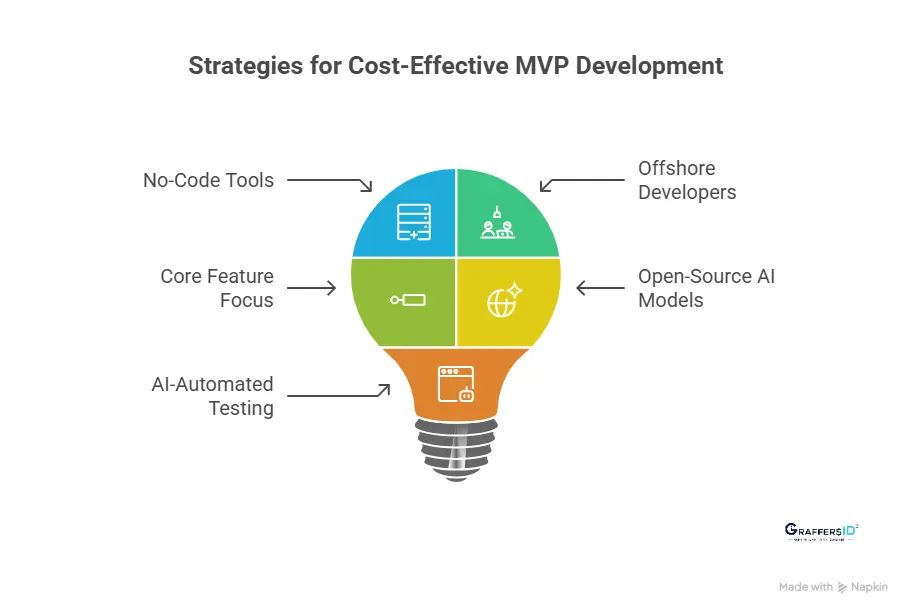
1. Build Your MVP with No-Code Tools: Start your MVP using no-code platforms like Bubble, Glide, or Softr. These tools help you quickly create a functional prototype without hiring a full tech team, saving both time and development costs.
2. Hire Offshore MVP Developers: Partner with offshore experts to develop your MVP at a lower cost without compromising quality. These platforms let you hire skilled remote MVP developers from India, ensuring faster delivery within your budget.
3. Focus Only on Core Features: Avoid feature overload during the MVP phase. Concentrate on building the must-have features that validate your product idea and user demand before investing in full-scale development.
4. Use Open-Source AI Models: Cut down on API expenses by leveraging open-source AI models like LLaMA 3, Mistral, or Falcon. These models provide enterprise-level capabilities without the high subscription or usage fees.
5. Automate Testing with AI Tools: Implement AI-powered testing solutions to streamline quality assurance. Automated testing reduces manual errors, accelerates release cycles, and minimizes ongoing QA costs.
Conclusion: Validate Ideas Faster and Scale Smarter in 2026
In 2026, building an MVP is no longer just a cost-saving strategy; it’s a strategic advantage for startups and enterprises looking to innovate quickly. By leveraging AI-driven tools, automation frameworks, and offshore expertise, businesses can test ideas, gather real user insights, and accelerate market entry with confidence.
The key to success is smart validation: focus on core features, measure results, and iterate fast. With the right approach, you can reduce development risks, optimize budgets, and ensure your product meets real market demand before scaling.
For companies aiming to integrate AI into their products or workflows, partnering with GraffersID gives you access to experienced AI developers who can design, build, and deploy intelligent solutions tailored to your business goals.
Contact GraffersID to turn your AI vision into reality.

